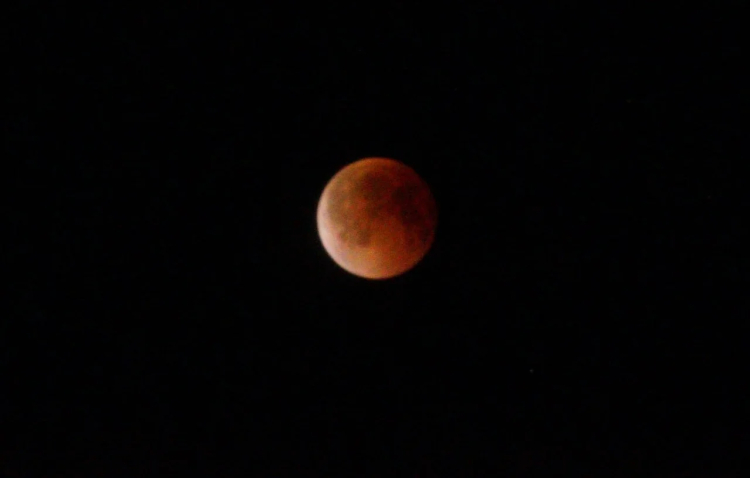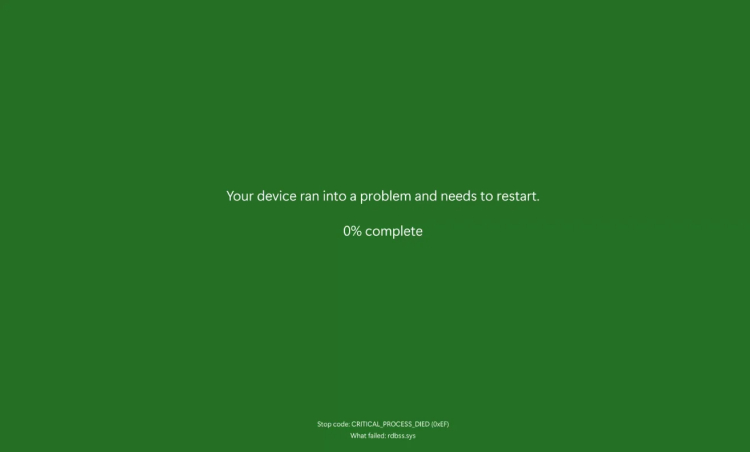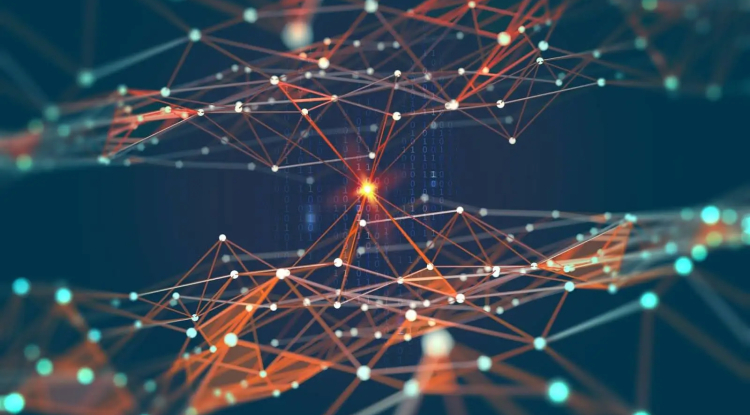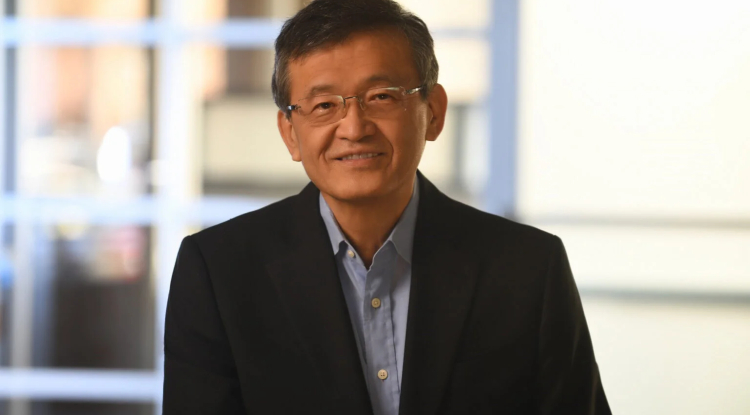Artificial intelligence discovered a mysterious signal in a Raphael painting

Modern science reaffirms its ability to unlock the secrets of the past. This time, artificial intelligence (AI) has identified something mysterious in one of the Renaissance masterpieces, a painting by Raphael called “Madonna della Rosa.”
Thanks to a new study published in the journal Heritage Science, it has been revealed that the face of St. Joseph depicted in the top left corner of the piece was likely not created by Raphael himself.
This discovery was made possible thanks to a new approach by scientists from the UK and US, using a special AI algorithm trained to recognize the style and strokes of the Italian master at a microscopic level. Through deep analysis and machine learning methods, it was possible to distinguish Raphael’s “manuscript” from a possible second author who worked on the face of St. Joseph.
Mathematician and computer scientist Hassan Ughail from the University of Bradford said: “The computer sees much deeper than the human eye, at a microscopic level.”
This method, based on the analysis of images of authentic paintings by Raphael, opens up new possibilities in the authentication of works of art. Although the results are mixed regarding the entire painting, researchers are confident that the face of St. Joseph most likely does not come from the pen of the great master.
This discovery was another example of how modern technology can reveal the secrets of ancient works of art. But experts stress that AI is not intended to replace human experience and intuition in art authentication, but rather will serve as a powerful tool to assist and support experts in the field.
Share
What's Your Reaction?
 Like
0
Like
0
 Dislike
0
Dislike
0
 Love
0
Love
0
 Funny
0
Funny
0
 Angry
0
Angry
0
 Sad
0
Sad
0
 Wow
0
Wow
0





![Transfer/ Postings Senior Superintendent Police Hyderabad [Notifications]](https://pakweb.pro/uploads/images/202402/image_100x75_65d7bb0f85d5f.jpg)
![Amazing Text Animation Effect In CSS - [CODE]](https://pakweb.pro/uploads/images/202402/image_100x75_65d79dabc193a.jpg)






